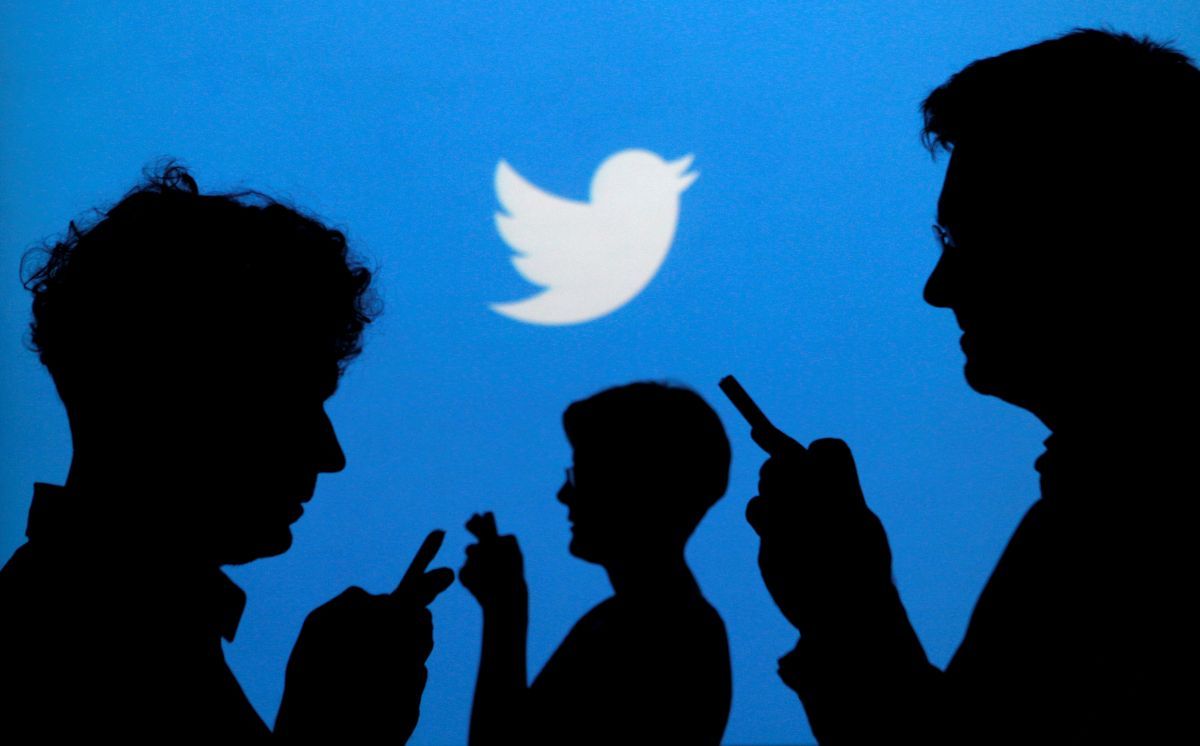
On the eve of one of the newsiest days of the 2016 presidential election season, when Wikileaks began releasing embarrassing emails that Russian intelligence operatives had stolen from the campaign chairman for Democrat Hillary Clinton, a group of Russian operatives fired off tweets at a furious pace, about a dozen each minute.
By the time they finished, more than 18,000 had been sent through cyberspace toward unwitting American voters, making it the busiest day by far in a disinformation operation whose aftermath is still roiling U.S. politics, according to the Washington Post.
The reason for this burst of activity on Oct. 6, 2016, documented in a new trove of 3 million Russian tweets collected by Clemson University researchers, is a mystery that has generated intriguing theories but no definitive explanation. The theories attempt to make sense of how such a heavy flow of Russian disinformation might be related to the DNC leaks.
Researchers with their findings think there likely is a connection between this looming release and the torrent of tweets, which varied widely in content but included a heavy dose of political commentary. “Hillary Clinton and Donald Trump: Which one is worse: Lucifer, Satan or The Devil?” said one tweet from an account called Gwenny which directed readers to a YouTube video.
Also on that day U.S. intelligence officials first made public their growing concerns about Russian meddling in the presidential election, following reports about the hacking of prominent Americans and intrusions into election systems in several U.S. states.
Read alsoWikiLeaks turns down data on Russian military, intelligence involvement in Ukraine – media
"Could the Russian disinformation teams have gotten advanced notice of the Wikileaks release, sending the operatives into overdrive to shape public reactions to the news? And what do the operatives' actions that day reveal about Russia’s strategy and tactics now that Americans are heading into another crucial election in just a few months?" the Washington Post report reads.
Collectively the new data offer yet more evidence of the coordinated nature of Russia’s attempt to manipulate the American election. The Clemson researchers dubbed it “state-sponsored agenda building.”
The tweets overall reveal a highly adaptive operation that interacted tens of millions of times with authentic Twitter users -- many of whom re-tweeted the Russian accounts -- and frequently shifted tactics in response to public events, such as Hillary Clinton’s stumble at a Sept. 11 memorial.
The researchers also found that the Russians working for the Internet Research Agency -- often called “trolls” for their efforts to secretly manipulate online conversation -- picked up their average pace of tweeting after Trump’s election. This was especially true for the more than 600 accounts targeting the conservative voters who were part of his electoral base, a surge the researchers suspect was an effort to shape the political agenda during the transition period by energizing core supporters.
Last week’s indictment of Russian intelligence officers by Special Counsel Robert S. Mueller III made clear that the hack of Clinton campaign chairman John Podesta’s emails and their distribution through Wikileaks was a meticulous operation. Tipping off the Internet Research Agency, the St. Petersburg troll factory owned by an associate of President Vladimir Putin, might have been part of an overarching plan of execution, said several people familiar with the Clemson findings about the activity of the Russian trolls.
“They tend to ramp up when they know something’s coming,” said Clint Watts, a former FBI agent and expert on the Russian troll armies and how they respond to news as well as upcoming events, like debates or candidate appearances.
“There is definitely a command and control structure behind the IRA’s use of social media, pushing narratives and leading people towards certain conclusions,” said one of the U.S. officials.

